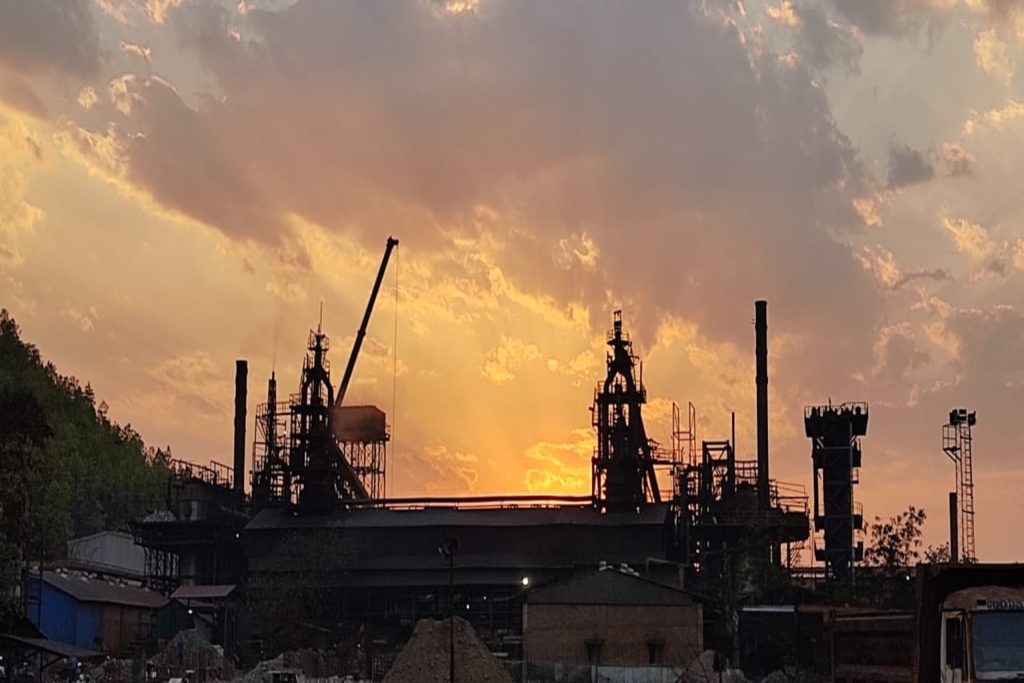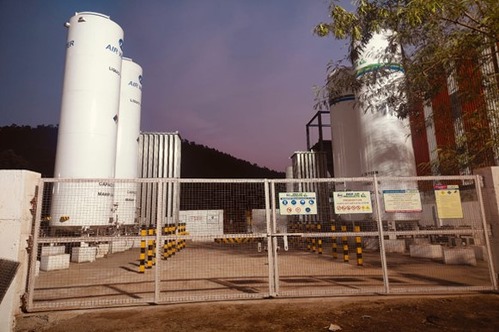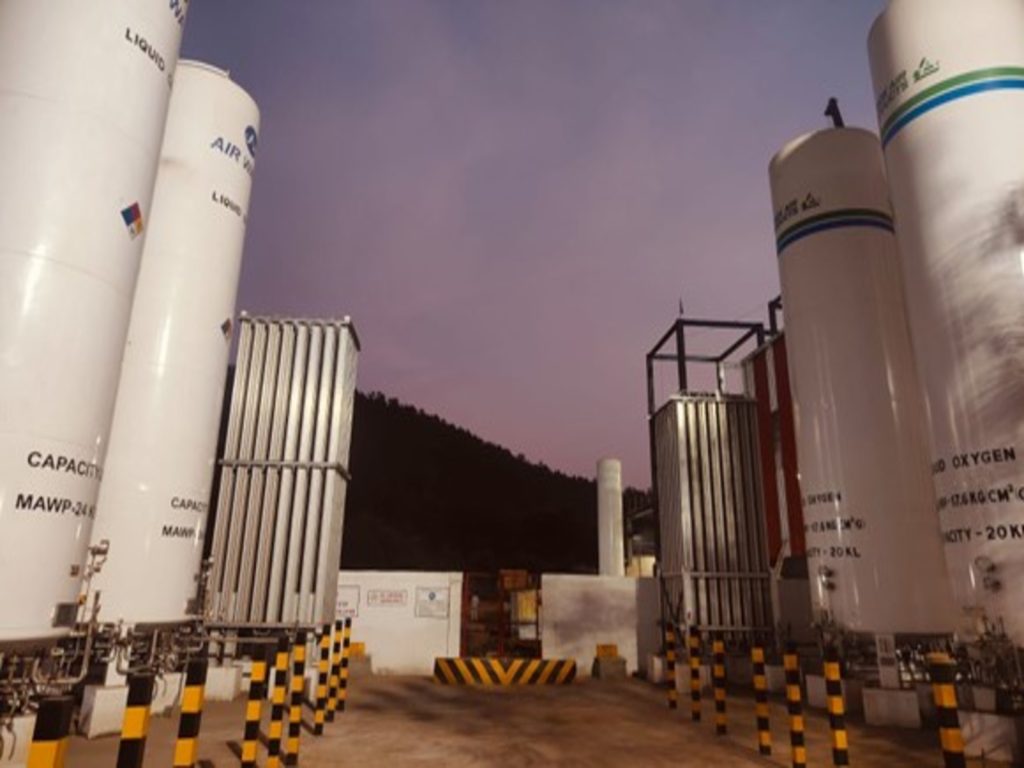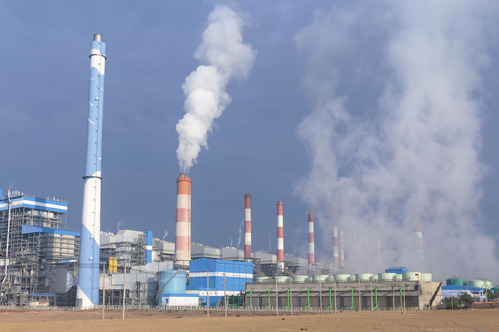Oxygen Plant
Our Unit/Oxygen Plant

Oxygen Plant
Oxygen enrichment in the blast furnace process significantly enhances iron production efficiency, enabling greater combustion efficiency, higher iron yields, and reduced coke usage. This method aligns with the modern iron and steel industry’s goals for both economic and environmental sustainability, making it an indispensable part of our operations.To support our operations, we have secured two reliable oxygen suppliers: INOX, with dual 20 KL tanks, and AIR WATER, also with 20 KL x 2 capacity, including comprehensive evaporator setups.Looking ahead, we plan to establish a 1200 Nm³/hr cryogenic oxygen plant on-site, ensuring we meet our oxygen requirements independently and further enhancing the efficiency of our production processes.In line with our commitment to sustainable and efficient iron production, we are preparing for an on-premises 1200 Nm³/hr cryogenic oxygen facility to support our evolving operational needs.Our two oxygen suppliers, INOX and AIR WATER, each provide a dual 20 KL capacity complete with evaporator units, ensuring consistent and reliable oxygen supply to meet our immediate needs. Additionally, we are progressing towards commissioning a 1200 Nm³/hr cryogenic oxygen plant on-site to fulfill our future requirements independently.
Oxygen enrichment in the blast furnace process is a valuable technique for improving the efficiency of iron production. By increasing combustion efficiency, enhancing iron yields, and reducing coke consumption, oxygen enrichment plays a significant role in modern Iron & steel making practices, contributing to both economic and environmental benefits. As the Iron & steel industry continues to evolve, further advancements in oxygen enrichment technologies are likely to play a critical role in sustainable production.
So we have two Reputed Oxygen supplier, INOX with the capacity of 20KL X 2 & AIR WATER 20KL X 2 with the complete evaporator set Upcoming days we project the 1200Nm2/Hr Cryogenic Oxygen plant in our premises to meet our requirements.




